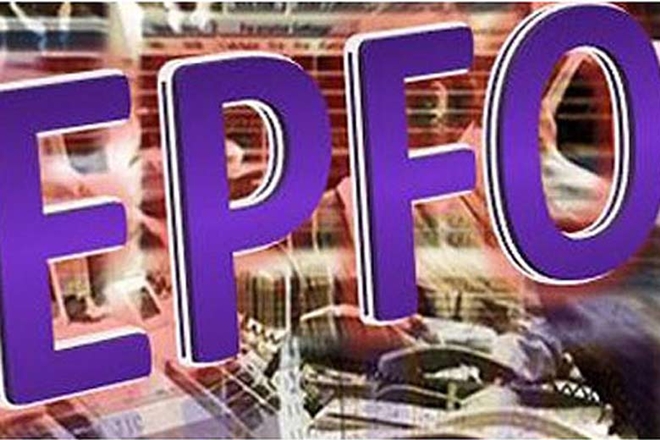A PF account becomes inoperative if the employee does not make an application for withdrawal within 36 months of retiring after attaining the age of 55 years.
Several employees on leaving one organisation and moving on to another for employment often forget or delay the transfer of the accumulated provident fund (PF) balance.
Some of them consider withdrawing the PF balance of the previous company at a later date while some are satisfied as the balance keeps earning an interest rate even when there is no further contribution into that account.
When does PF account become inoperative?
Earlier, in case there was no contribution made for 36 months, then that account was classified as an ‘inoperative’ account. As per the existing rules (notified in 2016) , a PF account becomes inoperative if the employee does not make an application for withdrawal of accumulated balance in the PF account within 36 months of retiring after attaining the age of 55 years. Therefore, even after leaving one company, the PF account continues to earn interest and is not termed inoperative PF account till such a situation rises till age 55.
However, during the period when contributions don’t get credited to the PF account, the interest rate earned does not remain tax-free. According to a Bengaluru bench of the Income-Tax Appellate Tribunal (ITAT) ruling, the interest credited to an Employees’ Provident Fund (EPF) account after an individual ceases to be in employment is taxable in his hands in the year of credit.
The 7-year rule
However, once the account becomes inoperative, the unclaimed funds are moved into the “Senior Citizens Welfare Fund”. According to the rules, the unclaimed amount of the account which remains inoperative for 7 years is to be transferred to the Senior Citizens’ Welfare Fund. Even the trusts of establishments exempted under Section 17 of the EPF & MP Act, 1952 also comes under the ambit of the Senior Citizens’ Welfare Fund Rules and are required to transfer the requisite amount as required under these Rules to the Senior Citizens’ Welfare Fund.
The rules mandate that the unclaimed amounts that is to be transferred is to be identified on an annual basis by September 30 of each financial year and transfer to be made into the Senior Citizens’ Welfare Fund on or before the 1st day of March every year.
The 25-year rule
Once the unclaimed balance gets transferred to the Senior Citizens’ Welfare Fund, it remains there for 25 years. The rules, however, allow the members claiming to be entitled to the unclaimed amount transferred to the Fund to apply within 25 years from the date of credit of the unclaimed amount into the Senior Citizens’ Welfare Fund. “Thereafter unclaimed amount shall escheat to the Central Government unless a court orders otherwise,” states the rules.
In view of the large time span of 25 years, all exempted establishments should keep accounts and full employee wise details of each member whose amount is transferred to Senior Citizens’ Welfare Fund including PF account number, Pension Account Number, name and father’s/spouse’s name of the employee, amount transferred, date of birth, date of joining, last known address of employee along with bank account number, Aaadhar card number, nominee details, list of family members etc. (wherever available).
Leaving the balance with the old employer may not help much if withdrawing it at a later date is the plan as the interest earned during non-employment period gets taxed in the year of withdrawals. And, if you have retired at the age of 55, do not let it become inoperative and withdraw the final balance as early as possible. PF accounts cannot turn inoperative till age 55, yet transferring the PF balance from previous organisations to the current employer is always a better approach to aim for a sizeable corpus for your retirement.


